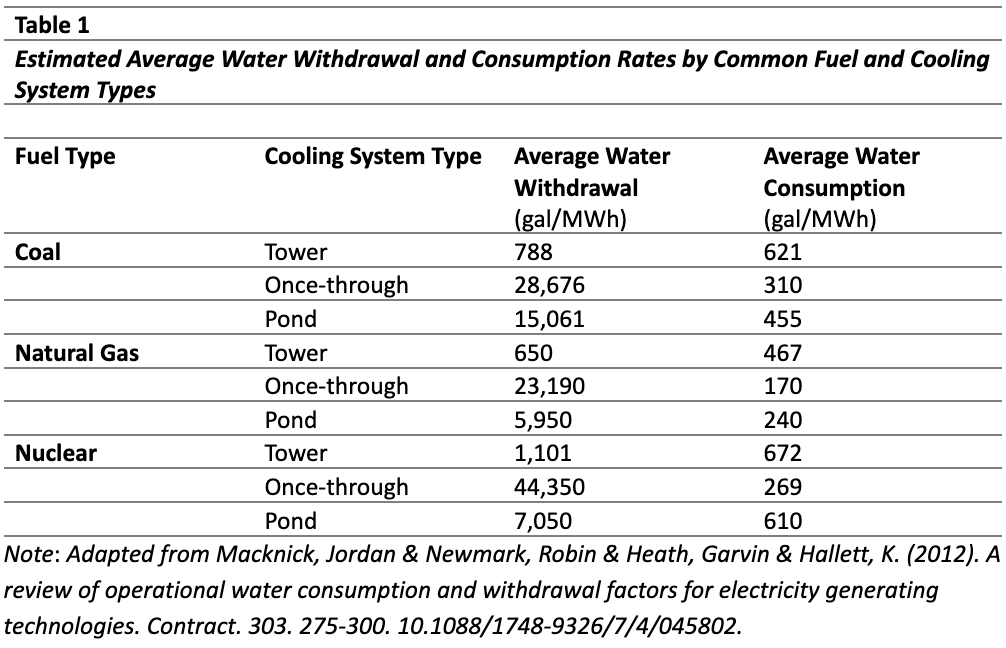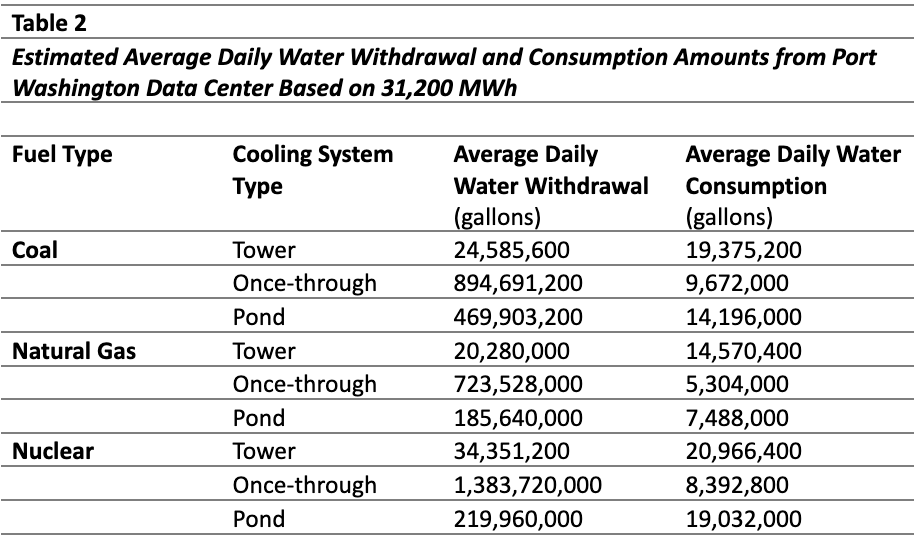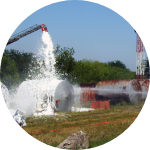Data centers are not new. Wisconsin has approximately 40 small- to average-sized facilities that house the infrastructure required to process and store a variety of everyday data: e-mails, photos, workloads, customer relationship management information, virtual desktops, and much more.
But hyperscale data centers—massive facilities designed to process and store vast amounts of information fueling artificial intelligence (AI)—are relatively new. Because of their large energy demands, and often corresponding water quantity needs, they pose a risk to Wisconsin’s surface and groundwater resources—resources we rely on for drinking water, crop irrigation, and much more. And with the rise of AI, they are rapidly expanding.
In the past few years, Wisconsin has seen at least six hyperscale data center project proposals, and the ones in development are already growing. Microsoft alone has purchased nearly 1,600 acres in Racine County for its “Fairwater” data center campus, with the first phase expected to come online in 2026. Before that project is even complete, the company already announced plans for another hyperscale facility in the area by 2028.
As a result, much attention has been paid to increasing energy demand. The United States Department of Energy reports that data centers are one of the most energy-intensive building types, consuming 10 to 50 times the energy per unit floor space of a typical commercial office building. And large, hyperscale data centers generally have power demands exceeding 100 megawatts, with each hyperscale data center consuming as much electricity annually as 350,000 to 400,000 electric vehicles, according to the International Energy Agency.
There has also been a focus on direct water use—water used on-site at data center campuses. And while developers are quick to note their more sustainable water use technologies, such as closed-loop cooling systems that continuously circulate recycled water on the data center campus, their water needs often go far beyond that. What many recent water use conversations do not account for is off-site water use from the power generation required to sustain immense data center energy needs. But quantifying indirect water use is difficult, for several reasons.
To start, there has been a lack of transparency from data center developers around actual consumption rates for both energy and water, and we need to know the former to understand the latter. We also do not have accurate rates at which the data centers will use power. A watt measures the amount of energy produced or consumed at any point in time; it does not denote use over time, like megawatt-hour (MWh). For example, the first phase of Microsoft’s Mount Pleasant data center is projected to require 450 megawatts of power, but we do not know how consistently this demand will be needed. That is, how much of the time the facility will be operating at this peak demand versus operating at a lower usage rate. And this makes it difficult to calculate associated water use amounts.
Additionally, water use varies greatly depending on the type of fuel—such as coal, gas, and oil—cooling system, and energy-generating technologies used, and we do not know these details for most of the current hyperscale data centers proposed or in development throughout the state.
That said, while we do not have specific information for each hyperscale data center in the state, we do have general water use information for the types of electricity generating technologies used that can give us an idea of what we can expect from different operation scenarios.
We often use the term “water use” broadly, but it is important to distinguish between water withdrawal and water consumption in this context. Water withdrawal is the amount of water removed from the ground or diverted from a water source. This may or may not be returned to the source, depending on the system. Water consumption is essentially the amount of water used that is lost—through evaporation, transpiration, etc. Table 1 includes estimated water withdrawal and consumption rate averages by the three most commonly used fuel and cooling system types.

And we can apply this general information to what we know about specific data centers. For instance, Vantage Data Centers manages over 1,900 acres of annexed land in Port Washington and is currently developing 672 acres to support AI needs. The first phase is expected to use 1.3 gigawatts, or 1,300 megawatts, of power. If we assume the data center will run at full capacity for 24 hours each day, we expect their daily energy use to be 31,200 MWh. And depending on the type of fuel used to generate electricity, the cooling system implemented, and the specific energy-producing technology, we can estimate how much indirect water withdrawal and consumption could be needed to support the data center, shown in Table 2.

At minimum, the Port Washington data center could consume more than 5.3 million gallons of water every day if using one of the three non-renewable fuel types and cooling systems assessed. At the high-end, that number could increase to over 20.9 million gallons per day. For perspective, the average person in Wisconsin uses 56 gallons of water per day, so energy production for this one data center could consume the equivalent amount of water used by 97,714 – 374,400 people each day.
But without information on anticipated energy rates and finer details of power generation, we will not have a full appreciation of water resource needs and will continue to have difficulty adequately assessing comprehensive impacts of data center development.
Thus, we encourage community members to remain vigilant and demand transparency from their elected officials, utilities, and data center developers. We urge utility companies to consider the health of our communities and call for clean energy sources for proposed data center projects. And we implore decision-makers at all levels to slow the pace and fully consider the long-term effects of hyperscale operations on our natural resources before devising sustainable plans to move forward. Wisconsin is home to some of the most robust and unique natural wonders, from the Great Lakes to “buried treasure” groundwater to the Mighty Mississippi. Let us work together to keep them healthy and whole for today and tomorrow’s enjoyment and use.
Cooling systems 101
Water use at power plants depends on both the fuel type and the cooling system design. Water used for cooling systems is measured in two categories: water withdrawal (the amount of water removed from the ground or diverted from a water source) and water consumption (water that is lost through evaporation, transpiration, etc.). Once-through cooling systems withdraw 10–100 times more water per unit of electricity than recirculating systems, but recirculating cooling systems consume at least twice as much water as once-through cooling systems. The three most common cooling systems are shown in Table 1 and described blow.

Once-through cooling
Water is withdrawn from a river or lake, run through the plant once for cooling, and discharged back into the river or lake at a higher temperature. This system withdraws very large volumes of water but consumes less than recirculating cooling systems.

Cooling towers (recirculating)
Water is cycled through the power plant multiple times and cooled by evaporation in large towers (the source of visible plumes above many plants). Tower systems withdraw less water than once-through systems but consume more because of water lost through evaporation.

Cooling ponds (recirculating)
Artificial ponds receive heat energy from the power plant and dissipate it through evaporation and convection. Once cooled, water is reused by the plant, but new water must be added regularly to replace water lost through evaporation.
*image courtesy of Chris Morgan

